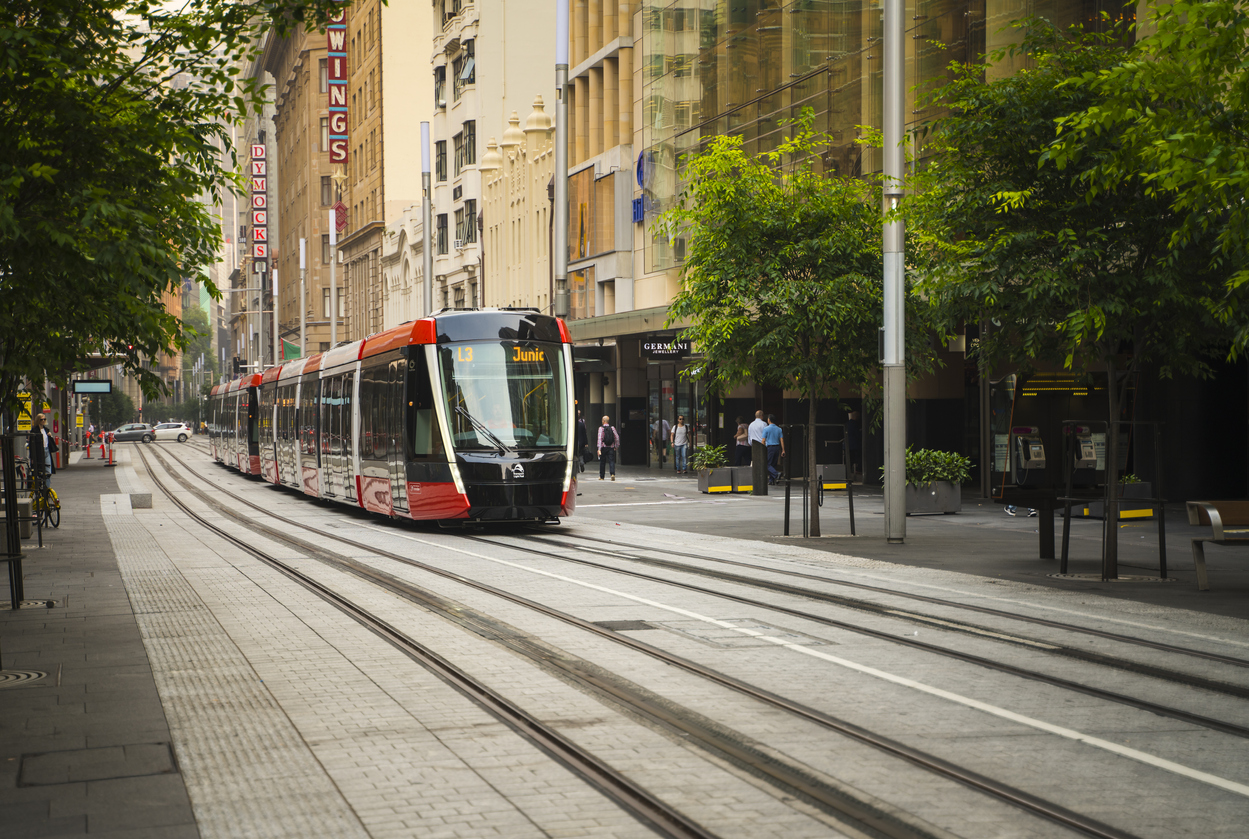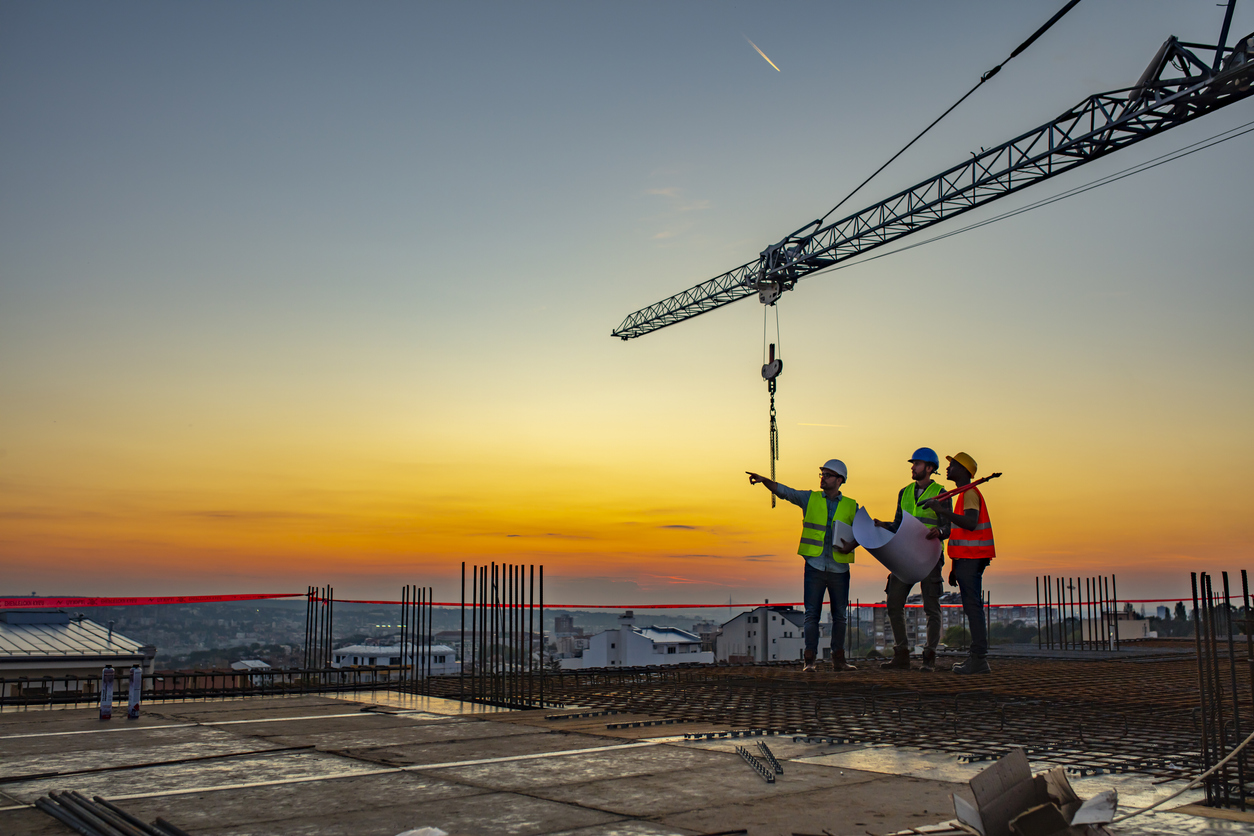The Future of Infrastructure: Looking Beyond 2020
Rapid changes in population growth, technological development and customer expectations all present significant challenges to infrastructure provision both today and looking into the future beyond 2020.
Adding to those challenges is the Covid-19 outbreak. It has delivered a profound economic shock and handbrake on growth globally. Governments are scrambling to stabilise markets with a rush of stimulus and job protection packages.
Uncertainty remains but as the virus abates, the planning and delivery of infrastructure will be a key element in our overall recovery. It is an opportune time to reflect on the future of infrastructure planning beyond 2020.
Australia's approach to infrastructure planning and delivery are being fundamentally challenged by these highly impactful changes.
People have an increasing array of mobility and lifestyle choices. As a result, customer experience and choice are set to become the foundation of infrastructure ideation, planning, design, construction and operations, beyond 2020.
The future of infrastructure planning

Due to significant population growth rates, metropolitan areas are evolving into polycentric cities with new infrastructure and mobility implications.
Choice and seamless passenger experience are more important than ever in a society grappling with technological disruption and societal uncertainty. Keilos chief executive Bernard Tabary says it is imperative to "think like a passenger".
Increases in micro-mobility and workplace changes are also presenting infrastructure planning challenges—for example, the rise of remote or out of office working that was already occurring prior to the Covid-19 outbreak.
The resilience of infrastructure assets must necessarily be central to how we plan and deliver new and repurposed infrastructure in Australia.
Future planning must address both the implications of technology and potential behavioural change mechanisms.
Today, people are seeking to live, work and play with a "purpose", and to achieve this, more resilient, less polluting transport modes will be necessary.
As we move towards a total expenditure approach to managing and operating infrastructure, technology such as artificial intelligence and predictive analytics, as used by Arcadis Gen, will become embedded as the norm.
Technology will ultimately help to deliver data driven, long term and sustainable infrastructure solutions to customers.
With a growing demand for new, creative ways to solve problems and optimise infrastructure assets, we place great emphasis at Arcadis on customer experience and data-driven decision making.
We fuse together global and local perspectives, combined with a collaborative mindset, to address the rapid changes and challenges confronting infrastructure provision beyond 2020.
What businesses need to do to keep pace

To keep pace with this rapidly evolving infrastructure planning environment, both the public and private sectors have important roles to play. For some, more collaborative, partnership-based approaches are required.
For others, the future is more decentralised, with significant contributions by the private sector in terms of infrastructure asset financing and governance. An increased private sector involvement may be particularly evident in the post recovery phase of Covid-19.
Policy and regulatory certainty from government plays a key role in incentivising businesses to invest in infrastructure. Planning infrastructure assets should inherently focus on the long-term user needs and evidence-based decision making, rather than social media commentary.
To bring new and timely infrastructure solutions to customers and harness the tangible benefits, we need far more efficient and less process-driven regulatory approvals systems. Agility and flexibility are vitally important in delivering infrastructure assets.
Excessive time, cost and uncertainty have, in recent years, become the norm at the front end of major infrastructure projects.
Time-capped project decision making is needed for investor certainty, particularly in an environment that evolves so quickly.
How Arcadis is helping ‘future-proof’ infrastructure

Reducing the vulnerability of infrastructure and increasing its resilience is also of fundamental importance to the future of infrastructure planning.
At Arcadis, we are working with our clients in the infrastructure sector—including rail, road, power, aviation and ports—to future-proof both existing and planned assets. Infrastructure managers and providers are increasingly thinking about the resilience of infrastructure across the asset lifestyle.
Although there is not a universally accepted appraisal or evaluation tool, there are a range of national and international best-practice adaptation measures which can be considered to increase asset resilience.
We must keep in mind that the unavailability of infrastructure assets materially impacts on the operations of our cities and quality of life.
To ensure the continued availability, quality, safety and security of infrastructure and networks, actual or potential adverse events, must be taken into account.
Embedding resilience appraisal in the planning and design of future infrastructure assets is essential, from corridors, to precincts, to individual sites.
At Arcadis, our passion is delivering long term, sustainable infrastructure that ultimately improves quality of life. With both a strategic and technical lens, we provide a human-centric capability that solves complex infrastructure problems for our clients.
Human centricity is vital in addressing the significant infrastructure planning and delivery challenges in Australia, beyond 2020.
If you’re interested in hearing more about the changing landscape of infrastructure planning and design or the contributions that Arcadis is making in this area click here.
Greg Harrison is the national infrastructure and business advisory leader for Arcadis based in Melbourne. Greg has over 25 years’ professional experience in the infrastructure and development sectors. Greg advises clients on the planning, design, operation and management of built and natural assets.
The Urban Developer is proud to partner with Arcadis to deliver this article to you. In doing so, we can continue to publish our free daily news, information and insights to you, our valued readers.















